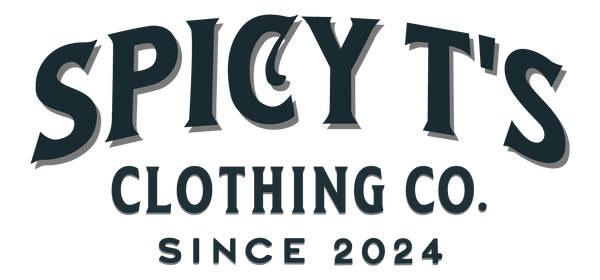
Vectorization in Printing: What It Is and Why It Matters
Share
If you're in design, t-shirt printing, embroidery, or product packaging — you’ve probably heard the term “vectorization.” But what does it actually mean, and why is it crucial for printing?
Let’s break it down step-by-step so you understand how vector files power everything from crisp logos to perfectly printed apparel.
🧠 What Is Vectorization?
Vectorization is the process of converting a raster image (like a JPG, PNG, or scanned drawing) into a vector file — a scalable, editable format made up of lines, curves, and mathematical paths.
Think of it like turning a pixelated photo into a clean, infinitely scalable blueprint that looks perfect at any size.
🖼️ Raster vs Vector: Quick Comparison
| Feature | Raster Image (JPG/PNG) | Vector File (AI/SVG/EPS) |
|---|---|---|
| Made of | Pixels | Lines & paths (math-based) |
| Scalability | Loses quality when enlarged | Stays crisp at any size |
| Best for | Photos | Logos, text, illustrations |
| Editable? | Limited | Fully editable |
| Common formats | JPG, PNG, BMP | AI, EPS, SVG, PDF |
🖨️ Why Vectorization Matters in Printing
1. Perfect Print Quality at Any Size
Whether it’s a business card or billboard, vector graphics ensure your artwork never looks blurry or pixelated.
2. Needed for Screen Printing & DTG
Printers (especially screen printers) require vector files to separate colors, align layers, and produce sharp edges.
3. Embroidery & Cutting Machines
Machines that stitch, engrave, or cut — like laser cutters and embroidery digitizers — need precise paths to follow. Raster images won’t cut it.
4. Editable for Color, Size & Shapes
Vectorized files are easy to modify — change colors, update text, resize elements, or tweak shapes without starting from scratch.
🧵 Real-Life Examples
-
🔹 T-Shirt Print Shop: You send a PNG logo. They request an EPS file. Why? Because your pixel file will blur at 12" print size.
-
🔹 Embroidered Hats: Your hand-drawn logo is scanned and cleaned up using vector paths to prep it for stitch software.
-
🔹 Stickers & Decals: Vector files allow die-cut machines to follow precise outlines — no fuzzy edges.
✍️ Common Use Cases for Vectorization in Printing
| Application | Why Vector is Required |
|---|---|
| Custom T-shirts | Clean prints, scalable for all sizes |
| Mugs & Merch | Crisp designs on curved surfaces |
| Signboards & Banners | Needs resolution independence |
| Logo Embroidery | Must follow precise stitch paths |
| Laser Engraving | Machines trace vector lines |
| Product Packaging | Print shops require CMYK vector files |
🧰 Tools Used to Vectorize
-
Adobe Illustrator (most accurate and industry-standard)
-
CorelDRAW
-
Inkscape (free alternative)
-
Vector Magic (AI-based auto vectorizer)
-
Image Trace Tools in Illustrator
Bonus Tip: Always save your vectorized file in formats like
.AI,.EPS, or.SVG— and keep a backup PDF version for printers.
🧑🎨 Can You Vectorize a Sketch or Logo?
Yes! If you have:
-
A hand-drawn logo
-
A low-resolution file
-
A pixelated image
…a professional designer (or you, using Illustrator) can trace and recreate it as a clean, editable vector graphic — ready for printing on anything.
Final Thoughts
Vectorization in printing is not just a technical step — it’s the difference between blurry and beautiful.
If you want:
-
Pro-quality apparel
-
Machine-ready embroidery files
-
High-resolution marketing material
— then vector graphics are a must.
